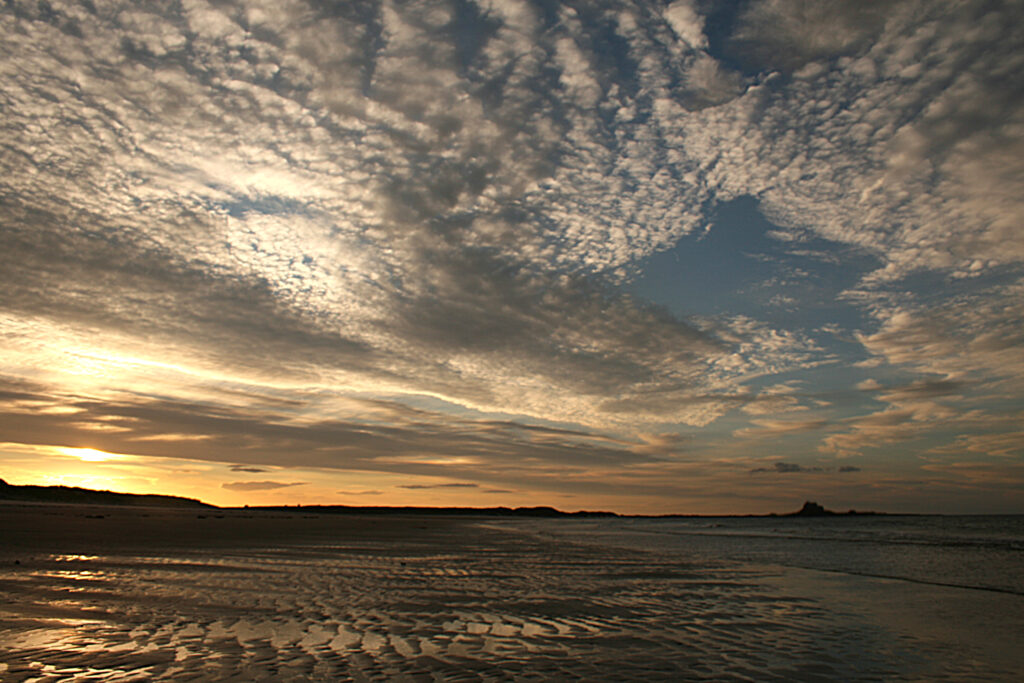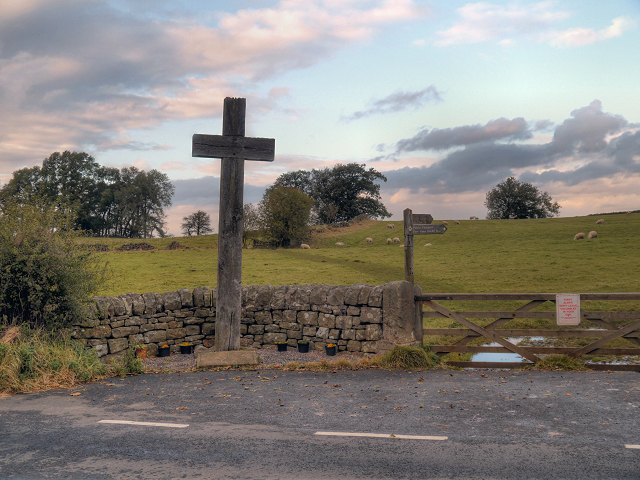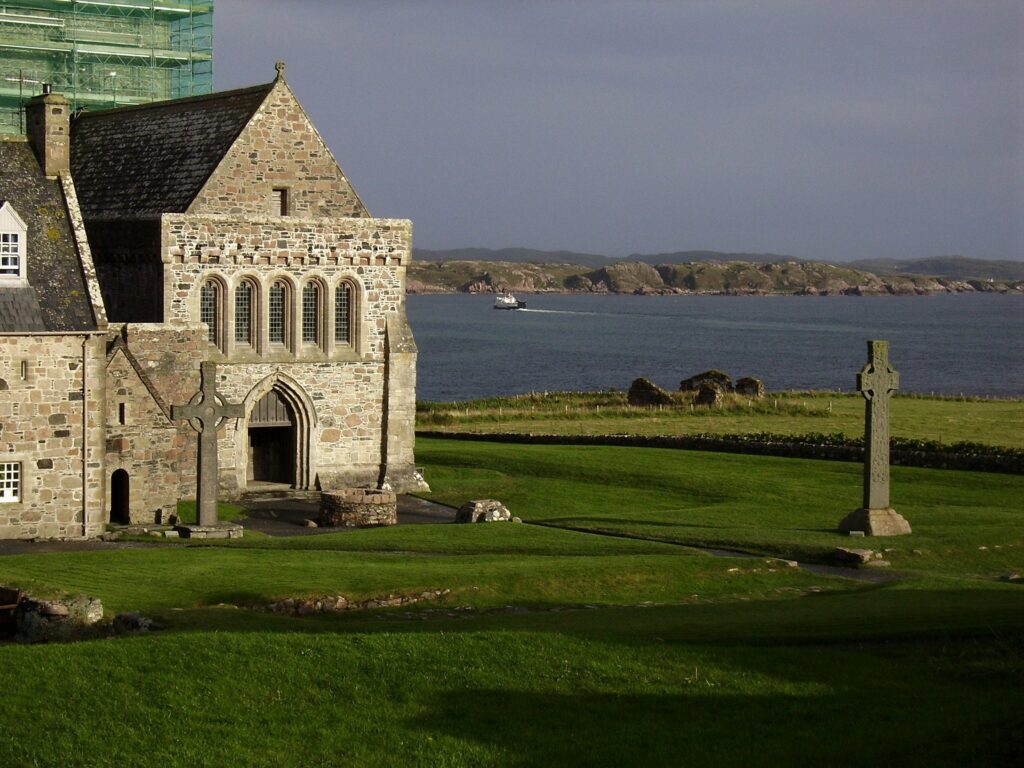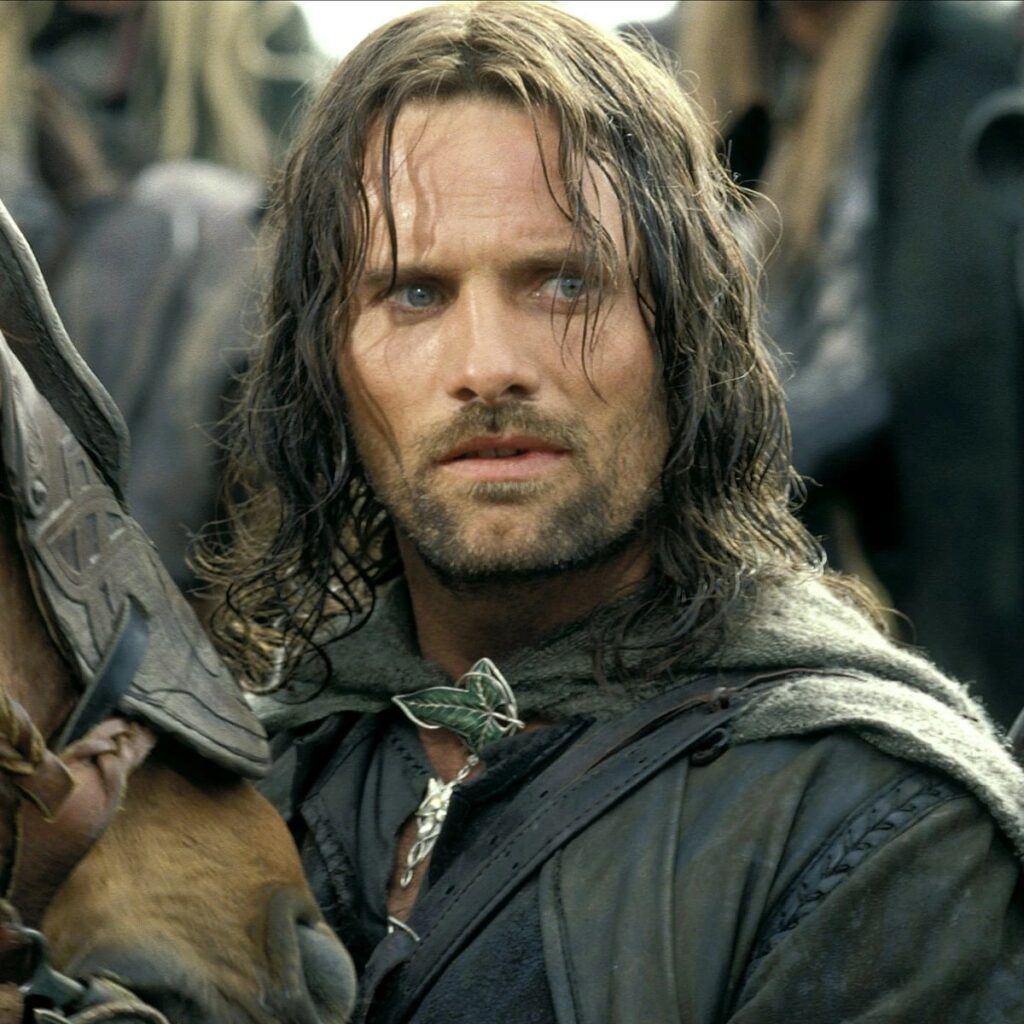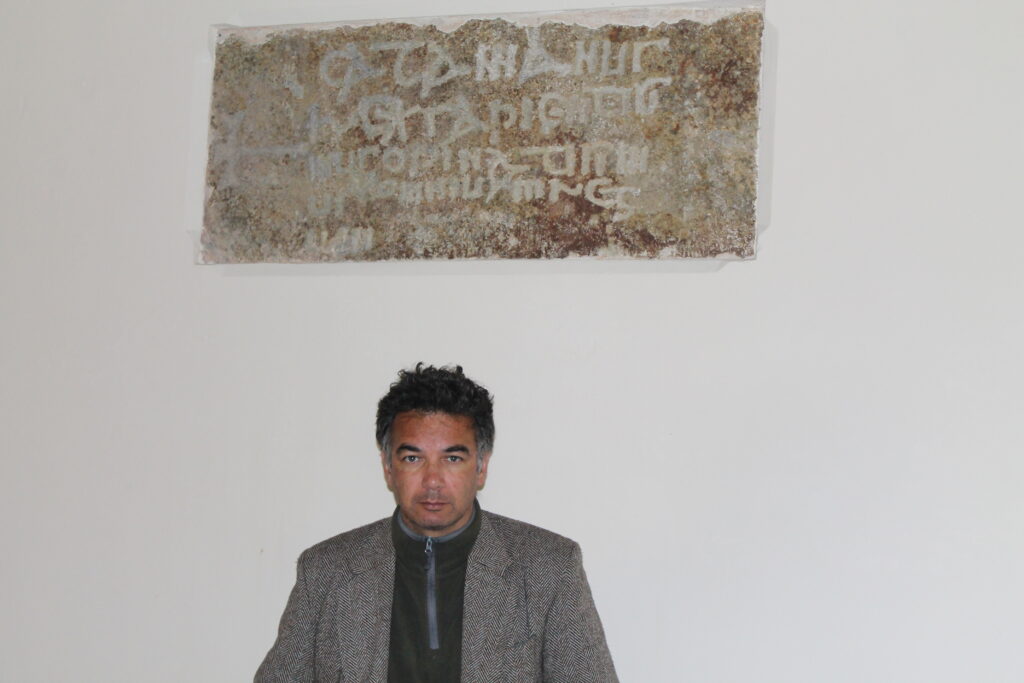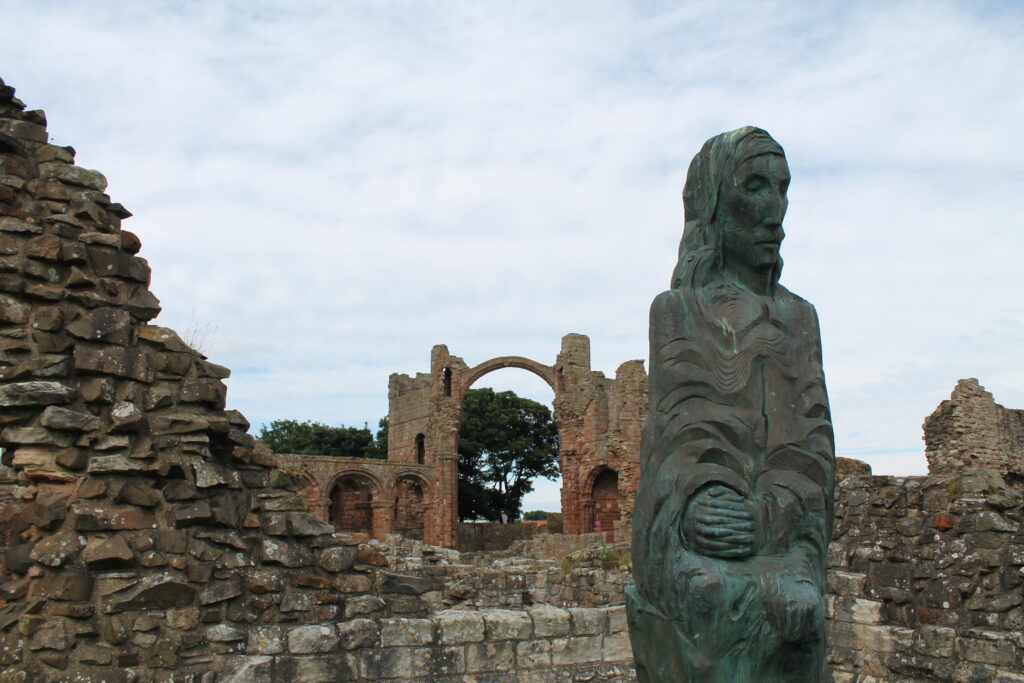
In the monk, named Aidan, that Abbot Ségéne sent to Oswald, the king found the ideal partner for his mission: to render thanks to St Columba by the conversion of his people. In Aidan, Oswald found his monastic foil. Bede’s appreciation of him is unstinting and, so far as one can tell, deserved. This regard is all the more remarkable in that Aidan was a proponent for aspects of Ionan Christianity that Bede would spend much of his career writing against. But for Bede, holiness as the best foundation for a new church trumped even doctrinal purity.
Bede wrote his history not just to record the facts but to provide a template for the church of his time and the future as to what they should be. Aidan provided him with an excellent example of the sort of behaviour Bede considered exemplary in a bishop: personally simple and ascetic, ever ready to meet the people at their own level and in their own spaces, uncorrupted by wealth or status. For Bede, Aidan represented a sort of Franciscan ideal five centuries before Francis’s birth.

